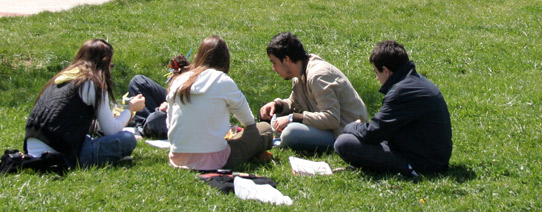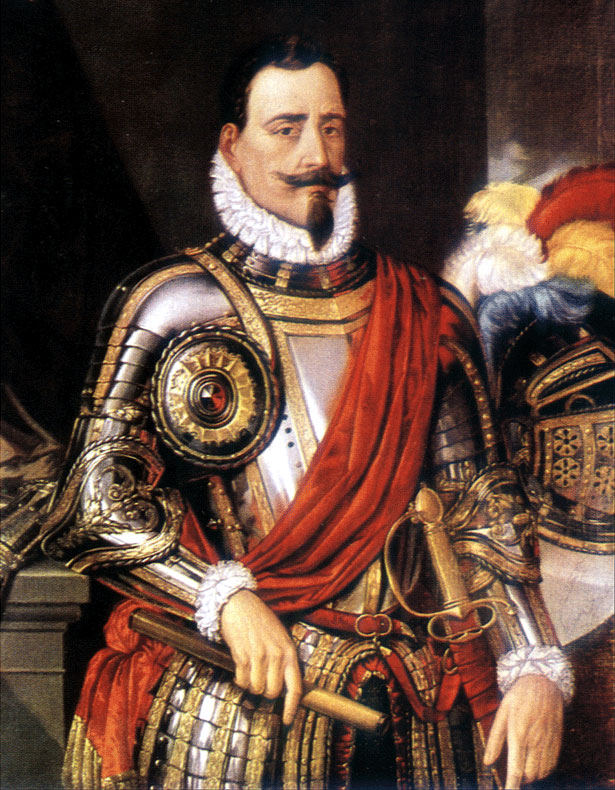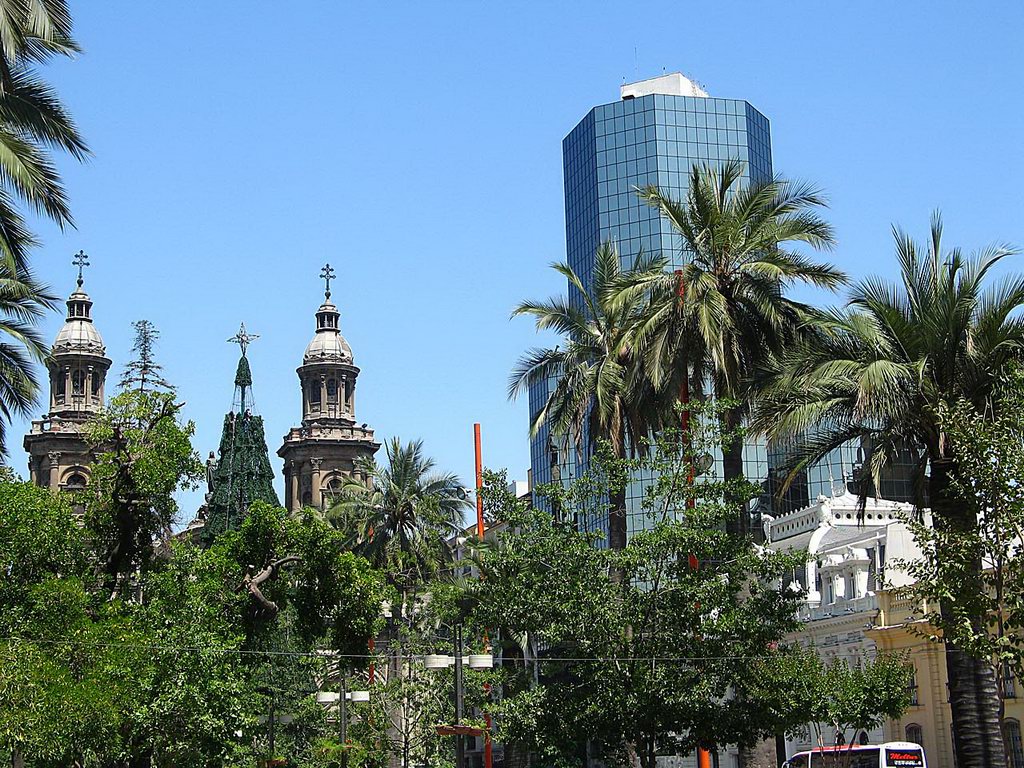|
|
 |

History of Santiago
Santiago was founded by Spanish Conquistador Pedro de Valdivia on February 12, 1541 with the name Santiago del Nuevo Extremo, as a homage to Saint James and Extremadura, Valdivia's birth place in Spain. The founding ceremony was held on Huelén Hill (later renamed Cerro Santa Lucía). Valdivia chose the location of Santiago because of its climate, abundant vegetation and the ease with which it could be defended—the Mapocho River then split into two branches and rejoined further downstream, forming an island. The Inca ruler Manco Cápac II warned the new rulers that his people Indigenous people would be hostile to the occupiers. The Spanish invaders had to battle against hunger caused by this resistance. Pedro de Valdivia ultimately succeeded in stabilizing the food supply and other resources needed for Santiago to thrive. |
 |
 |
Santiago was founded on 12 February 1541 by Pedro de Valdivia, under the name "Santiago del Nuevo Extremo". In the same act, the environment of the province of Nueva Extremadura "collected. The ceremony took place on the hill Cerro Santa Lucia (by Picunche-natives "huelen referred to), which is now a park on the outskirts of the historic centre. Valdivia chose the location because the river Mapocho here a larger island formed. This situation was favorable to the city against the attacks of the Mapuche to defend. |
The floor of the new town consisted of straight roads of 12 Varas (14.35 m) width, in equal intervals of 138 Varas (165.08 m) or perpendicular to each other were. With nine roads in the east-west direction and 15 in the north-south direction, there were 126 Blocks that formed the so-called "Manzanas" or square cut. |
 |
Go back to Learn Spanish in Santiago
|
 |
|

